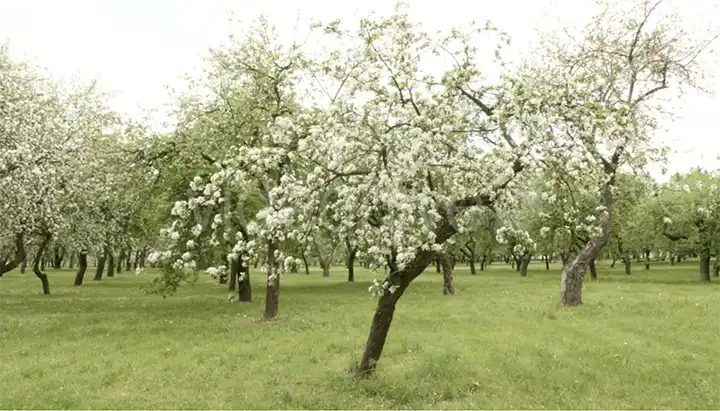Which Is Better for Tree Planting: A Round or Square Hole, and Why?
The art of tree planting has evolved significantly over the years, with research and practical experience guiding the development of best practices to ensure the health and longevity of trees. One intriguing finding from systematic planting trials is the significant impact of the shape of the planting hole on a tree’s root development and overall survival. Contrary to the traditional practice of digging a round hole, it turns out that a square hole can dramatically increase the chances of a sapling’s survival. This article delves into the reasons behind this phenomenon and provides a step-by-step guide on how to properly plant a tree using a square hole.
Understanding Root Growth

The root system of a tree plays a crucial role in its growth and survival. Roots anchor the tree to the ground, absorb water and nutrients from the soil, and store food and nutrients. In a natural setting, tree roots grow outward and downward in search of resources, developing a widespread network that supports the tree’s needs.
The Issue with Circular Holes
When a tree is planted in a round hole, especially in compacted or heavy clay soils, the roots tend to grow in the path of least resistance. As they encounter the smooth, undisturbed walls of the hole, they may start to grow in a circular pattern, following the contour of the hole. Over time, this can lead to a condition known as “girdling,” where the roots circle around themselves, restricting the tree’s ability to expand its root system and access the resources it needs. Girdling can severely limit the tree’s growth and make it more susceptible to stress and disease.
The Square Hole Solution
Research and systematic planting trials have shown that digging a square hole for planting can prevent the development of a girdled root system. The sharp angles and straight sides of a square hole discourage roots from growing in circles. Instead, when roots reach the corners of a square hole, they are prompted to grow outward into the surrounding soil. This encourages a more natural and expansive root system that is better integrated with the native soil, enhancing the tree’s stability, growth, and access to water and nutrients.
Step-by-Step Guide to Planting a Tree in a Square Hole

Materials Needed:
- Shovel
- Measuring tape
- Watering can or hose
- Mulch
- A sapling
Steps:
- Select the Right Location: Choose a spot that meets the sunlight, soil, and spacing requirements of your sapling.
- Measure and Mark: Measure the root ball of your sapling and mark out a square on the ground that is at least twice as wide as the root ball and the same depth.
- Dig the Square Hole: Using your shovel, dig a square hole according to your measurements. Make sure the sides are straight and the corners are sharp.
- Prepare the Sapling: Gently remove the sapling from its container. If the roots are densely packed or circling, gently tease them apart to encourage outward growth.
- Plant the Sapling: Place the sapling in the center of the hole, ensuring that the top of the root ball is level with the surrounding soil surface. Fill in the hole with the excavated soil, gently firming it down as you go to eliminate air pockets.
- Water Thoroughly: Water the sapling generously to settle the soil and hydrate the roots.
- Mulch: Apply a layer of mulch around the base of the tree, keeping it away from the trunk, to retain moisture and regulate soil temperature.
The practice of digging a square hole for tree planting is a simple yet effective technique that can significantly enhance the survival and growth of your sapling. By encouraging the development of a healthier root system, this method not only improves the tree’s stability and access to resources but also contributes to the overall vitality of your garden or landscape. As with any gardening practice, patience and careful attention to the needs of your plants are key to achieving success.



















